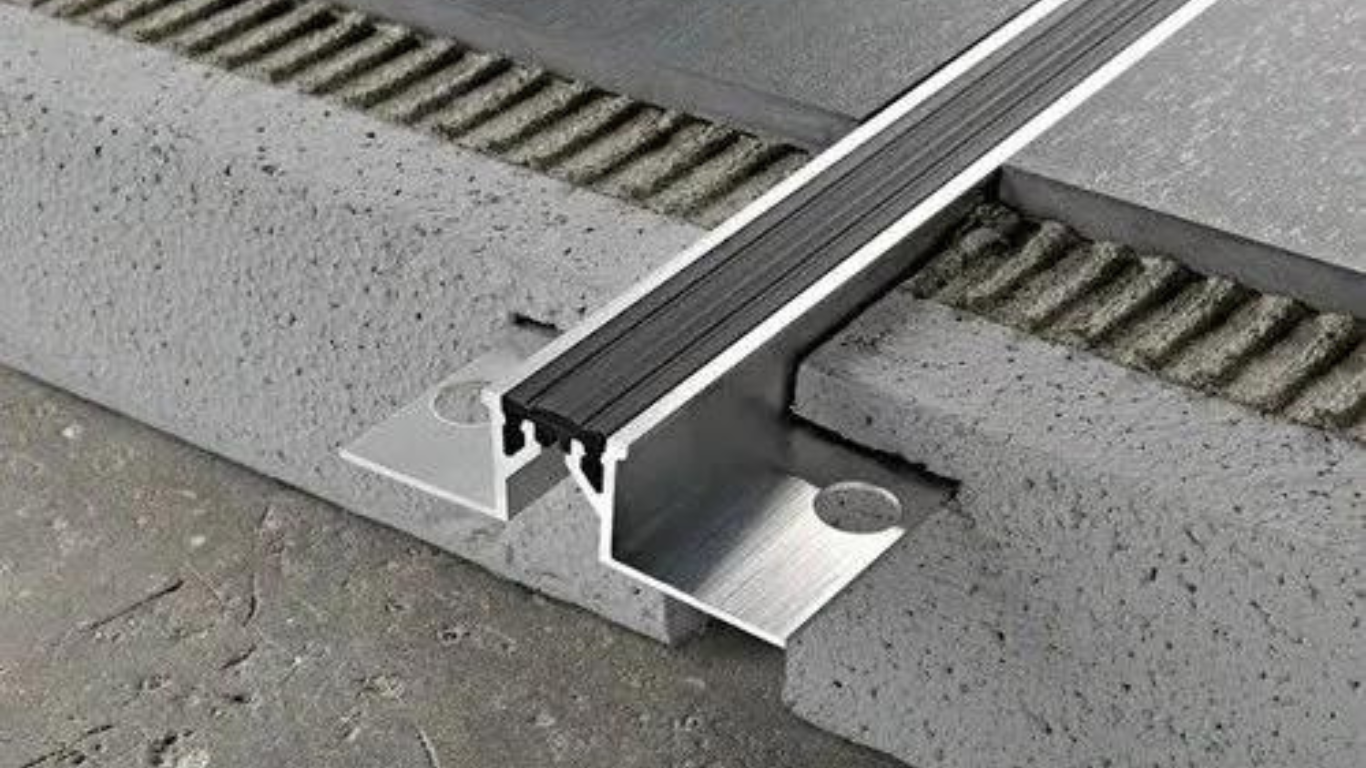The Importance of Expansion Joints in Building Construction

Expansion joints are essential components in building construction, playing a pivotal role in maintaining the structural integrity and longevity of buildings. These joints accommodate movements caused by thermal expansion, contraction, seismic activity, and other dynamic forces. Without expansion joints, buildings would be susceptible to cracks, warping, and other forms of structural damage. In this article, we will explore the importance of expansion joints in building construction, their types, benefits, and best practices for their installation.
What Are Expansion Joints?
Expansion joints, also known as movement joints, are designed gaps or spaces incorporated into structures to absorb movements and prevent damage. These movements can be caused by various factors, including temperature changes, moisture, seismic activity, and settling of the building. Expansion joints allow different parts of a structure to move independently, preventing stress buildup that could lead to cracking or other damage.
Why Are Expansion Joints Important?
Thermal Expansion and Contraction
- Buildings are constantly exposed to temperature fluctuations. During hot weather, materials expand, and during cold weather, they contract. This continuous expansion and contraction can create significant stress within a structure. Expansion joints absorb these movements, preventing cracks and maintaining the structural integrity of the building.
Seismic Activity
- In regions prone to earthquakes, buildings must be able to withstand seismic forces. Expansion joints provide the necessary flexibility, allowing parts of the building to move independently during an earthquake. This flexibility reduces the risk of structural damage and collapse.
Moisture and Humidity
- Changes in moisture and humidity levels can cause building materials to expand or contract. Expansion joints accommodate these changes, preventing warping, buckling, and other forms of damage.
Preventing Structural Damage
- By allowing for controlled movement, expansion joints prevent the buildup of stress within a structure. This stress relief is crucial for preventing cracks, spalling, and other forms of damage that could compromise the building’s safety and stability.
Types of Expansion Joints
Building Expansion Joints
- These joints are used to divide large buildings into smaller sections, allowing each section to move independently. This independence is crucial for managing thermal expansion, contraction, and seismic movements.
Bridge Expansion Joints
- Installed in bridges, these joints accommodate movements caused by temperature changes, traffic loads, and seismic activity. They are essential for maintaining the safety and longevity of bridge structures.
Pipeline Expansion Joints
- Used in piping systems, these joints absorb thermal expansion and contraction, reducing the risk of leaks and damage. They also compensate for misalignment and vibrations.
Floor Expansion Joints
- These joints are placed in large floor slabs to prevent cracking caused by thermal expansion and contraction. They are commonly used in commercial and industrial buildings.
Wall Expansion Joints
- Installed in walls, these joints prevent cracking and damage caused by thermal movements, moisture changes, and building settling.
Benefits of Using Expansion Joints
Enhanced Durability
- Expansion joints significantly extend the lifespan of a building by preventing structural damage. This durability reduces the need for repairs and maintenance, saving time and money.
Improved Safety
- By preventing cracks and other forms of damage, expansion joints enhance the safety of a building. This safety is particularly important in regions prone to earthquakes and extreme weather conditions.
Cost-Effective
- Although installing expansion joints requires an initial investment, the long-term savings on repairs and maintenance make them a cost-effective solution. They also help avoid costly structural failures and downtime.
Aesthetic Preservation
- Expansion joints help maintain the aesthetic appeal of a building by preventing visible cracks and damage. This preservation is important for both functional and visual reasons.
Best Practices for Installing Expansion Joints
Proper Planning
- Proper planning and design are crucial for the effective use of expansion joints. Consider factors such as the building’s size, location, expected movements, and environmental conditions.
Material Selection
- Choose materials for expansion joints that can withstand the expected movements and environmental conditions. Common materials include rubber, metal, and flexible polymers.
Professional Installation
- Ensure that expansion joints are installed by experienced professionals. Proper installation is essential for the joints to function effectively and provide the necessary protection.
Regular Maintenance
- Regularly inspect and maintain expansion joints to ensure they remain in good condition. Address any signs of wear and tear promptly to prevent further damage.
Conclusion
Expansion joints are indispensable in building construction, providing the necessary flexibility to accommodate movements caused by thermal expansion, contraction, seismic activity, and other dynamic forces. By preventing structural damage, enhancing safety, and extending the lifespan of buildings, expansion joints play a vital role in maintaining the integrity and functionality of modern structures. Understanding the importance, types, and benefits of expansion joints, as well as best practices for their installation, allows builders, engineers, and property owners to make informed decisions, ensuring the durability and safety of their projects.

